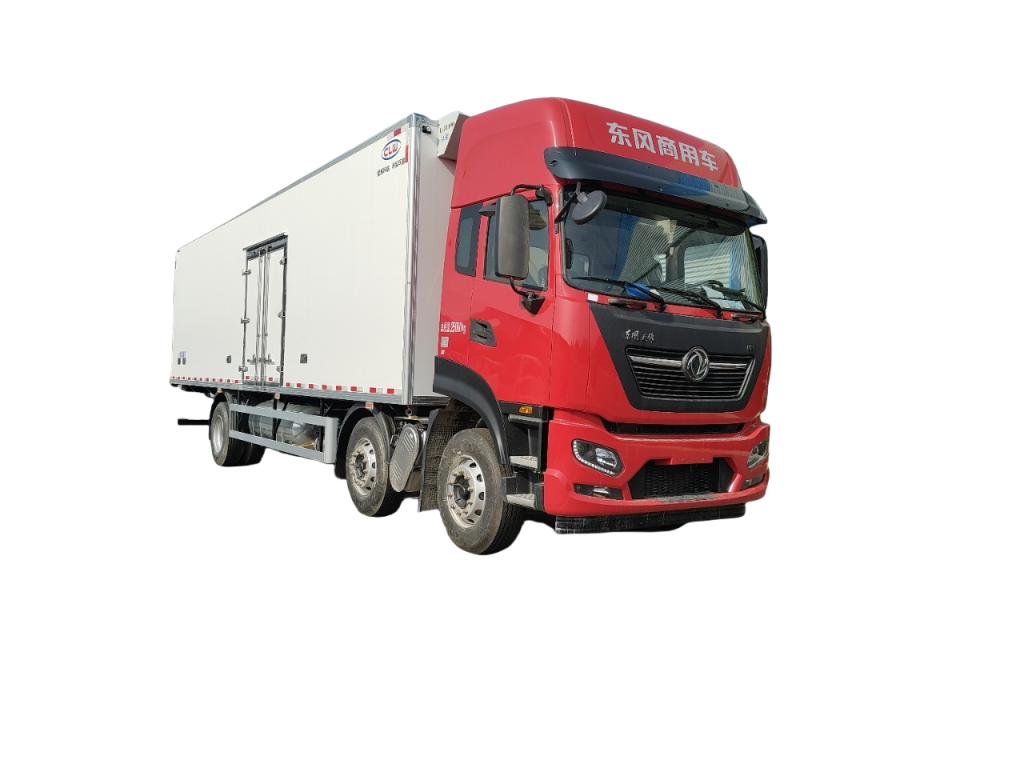Introduction
Truck-mounted cranes are versatile machines that play a crucial role in various industries, including construction, transportation, and logistics. These cranes are mounted on trucks or trailers, providing mobility and flexibility in lifting and moving heavy loads. While truck-mounted cranes offer numerous benefits in terms of efficiency and productivity, their use also raises concerns about their environmental impact. This article aims to provide a comprehensive analysis of the environmental impact of truck-mounted cranes, focusing on key areas such as fuel consumption, emissions, noise pollution, and sustainability practices.
Fuel Consumption and Emissions
One of the primary environmental concerns associated with truck-mounted cranes is their fuel consumption and emissions. These machines are typically powered by diesel engines, which are known for their high fuel consumption and emissions of greenhouse gases such as carbon dioxide (CO2) and nitrogen oxides (NOx). The operation of truck-mounted cranes requires a significant amount of fuel to power the hydraulic systems that enable lifting and moving heavy loads.
Studies have shown that the fuel efficiency of truck-mounted cranes varies depending on factors such as the crane's size, load capacity, and operating conditions. Larger cranes with higher load capacities tend to consume more fuel compared to smaller cranes. In addition, the type of work being performed, such as frequent lifting and lowering of loads, can also impact fuel consumption.
To mitigate the environmental impact of fuel consumption and emissions, manufacturers are increasingly focusing on developing more fuel-efficient diesel engines for truck-mounted cranes. These engines incorporate advanced technologies such as turbocharging, direct injection, and exhaust gas recirculation to improve fuel efficiency and reduce emissions. In addition, the use of alternative fuels such as biodiesel and natural gas is being explored as a cleaner and more sustainable option for powering truck-mounted cranes.
Noise Pollution
Another significant environmental impact of truck-mounted cranes is noise pollution. The operation of these machines generates high levels of noise, which can have adverse effects on the environment and surrounding communities. Noise pollution from truck-mounted cranes can disrupt wildlife habitats, cause stress and annoyance to nearby residents, and impact the overall quality of life in the area.

To address noise pollution concerns, manufacturers are implementing noise reduction measures in the design and construction of truck-mounted cranes. These measures include the use of sound-insulating materials, vibration dampening technologies, and improved engine mufflers to reduce noise emissions during operation. In addition, operators are encouraged to follow best practices such as minimizing idle time, maintaining equipment properly, and using noise-reducing attachments to mitigate noise pollution from truck-mounted cranes.
Sustainability Practices
In recent years, there has been a growing emphasis on sustainability practices in the construction and transportation industries, including the use of truck-mounted cranes. Sustainable practices aim to minimize the environmental impact of crane operations and promote resource efficiency and conservation. Manufacturers, operators, and regulatory bodies are increasingly adopting sustainable practices to ensure the long-term environmental viability of truck-mounted cranes.
One key sustainability practice in the operation of truck-mounted cranes is the use of efficient load handling techniques to reduce energy consumption and emissions. By optimizing load placement, minimizing travel distances, and using appropriate lifting configurations, operators can improve the overall efficiency of crane operations and reduce their environmental footprint. In addition, regular maintenance and inspection of cranes are essential to ensure optimal performance and minimize the risk of environmental damage.
Furthermore, https://www.worktruckmaker.com/the-ultimate-guide-to-work-trucks/ and disposal of crane components and materials at the end of their lifecycle is an important aspect of sustainability practices. Manufacturers are increasingly designing cranes with recyclability in mind, using materials that are easy to recycle and implementing take-back programs to ensure responsible disposal of end-of-life components. By adopting sustainable practices throughout the lifecycle of truck-mounted cranes, stakeholders can contribute to a more environmentally friendly and sustainable industry.
Conclusion
Truck-mounted cranes are indispensable machines that play a vital role in various industries, but their use comes with environmental implications that must be addressed. Fuel consumption, emissions, noise pollution, and sustainability practices are key areas of concern when evaluating the environmental impact of truck-mounted cranes. By focusing on improving fuel efficiency, reducing emissions, mitigating noise pollution, and adopting sustainable practices, stakeholders can minimize the environmental footprint of these machines and contribute to a more sustainable future.
In conclusion, a comprehensive understanding of the environmental impact of truck-mounted cranes is essential for developing effective strategies to mitigate their effects on the environment. By incorporating fuel-efficient technologies, noise reduction measures, and sustainable practices into the design and operation of truck-mounted cranes, the industry can strive towards a more environmentally friendly and sustainable future.
